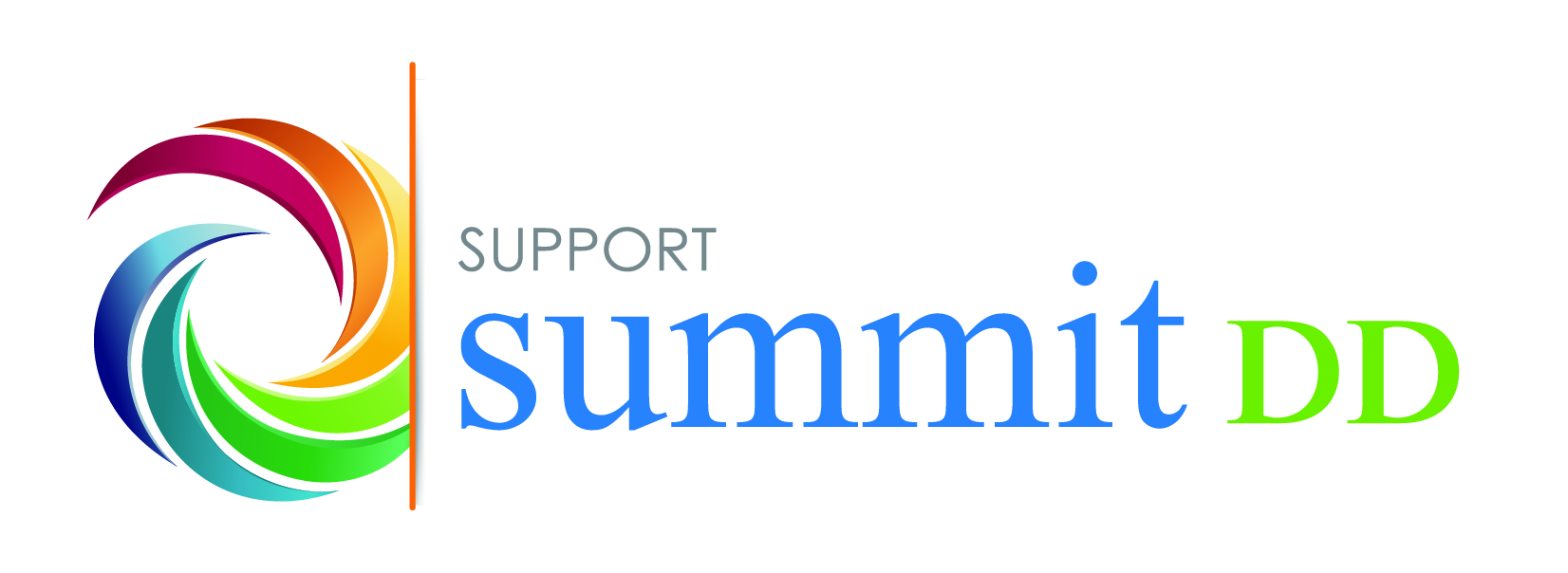Confused about Renewal levies vs. Replacement levies? There are so many types based on organizational needs, but we are here to help sort it all out.
Limited Levies
Limited levies are time limited. They have a start date and an end date. These types of levies must go back to voters at the expiration of the cycle for future consideration. Summit DD (among other similar agencies) has a limited levy. The current levy expires at the end of 2024, which is why they are on the ballot this November 7 with Issue 17. Summit DD’s only operating levy is a limited levy for a period of six years. Issue 17 replaces the current levy and will fund services from 2025 – 2030.
Next let’s sort out the different types of limited levy requests. There are three common options for existing (limited) levies: a renewal, a replacement and an increase.
- Renewal: A renewal levy simply renews a current levy at the exact same millage and home valuation at the time the vote is passed. Therefore, there is no change in the amount you pay each month or annually from the date of election day.
- Replacement: A replacement levy, like Issue 17, is similar to a renewal in that the levy is on the ballot at the same millage as the current levy. However, with a replacement levy, the cost is valued at your home’s current rate (not the previous valuation like with a renewal). This is why, in some cases homeowners may see a slight increase in what you pay if the valuation of your home increased since that levy was last approved. But there is no increase in the millage requested. (Additionally, your taxes will not increase during the levy cycle even if your home valuation would increase in that time period. See “Outside Millage” below for an explanation on that.)
- Increase: An increase is when the issue on the ballot requests more millage. This new request is based on current home valuations and will cost taxpayers more each month or annually.
Millage
Finally let’s talk about the difference between inside and outside millage. Millage is applied and calculated in terms of mills per dollar. One mill equals a tenth of a cent, or one-thousandth of a dollar. To calculate property tax, divide the millage by 1,000 and multiply it by the property’s assessed taxable value.
- Inside Millage: Inside millage (also referred to as unvoted mills) is imposed by local governments without voter approval (as defined in the Ohio Constitution). It is not subject to the property tax reduction factor.
- Outside Millage: Outside (also called voted mills) must be approved by voters. Issue 17 falls under Outside millage and must be voted on by the citizens of Summit County. Outside mills are subject to the property reduction factor. This means that the taxes collected by Summit DD cannot collect more money than is voted on – even if your property value increases during that levy period. It will, however, decrease if your valuation goes down during that levy cycle. Using Summit DD as an example: The last increase was a 4.5 mill levy voted on in November 2005. Property values declined in 2009 and the amount Summit DD collected declined as a result. Since then, property values have increased, but the amount Summit DD has collected has not increased except for new construction. What used to be a 4.5 mill levy now has an effective rate of 3.8 mill due to that reduction factor.
Questions?
Still have questions? Here are some additional articles to help answer your questions. Or you are welcome to reach out to us with your specific question through the Support Summit DD Contact Us page.


